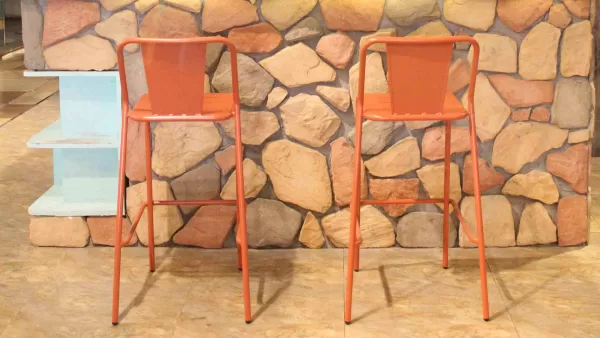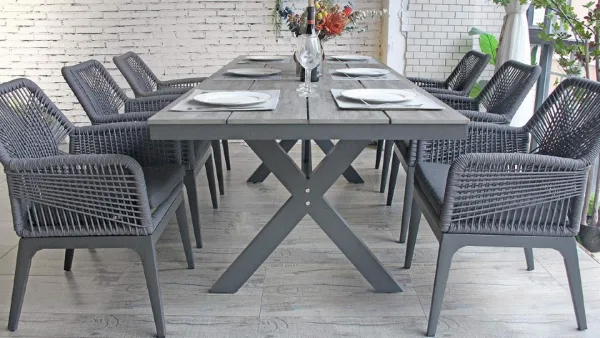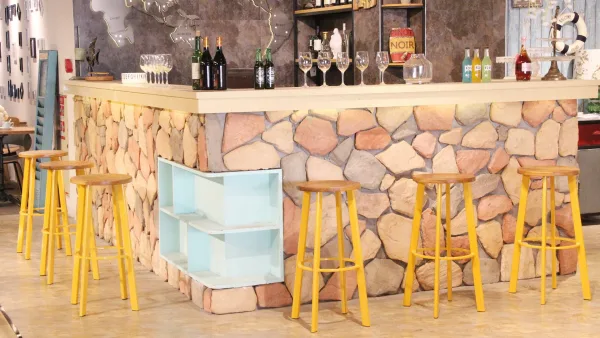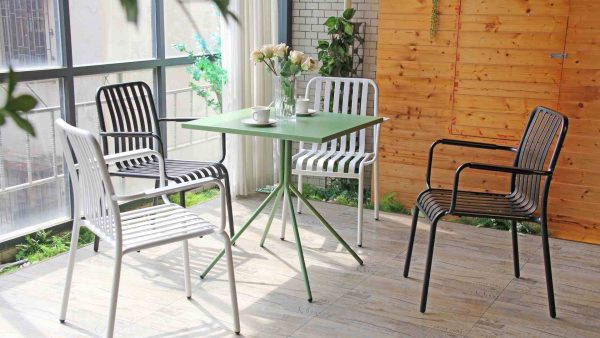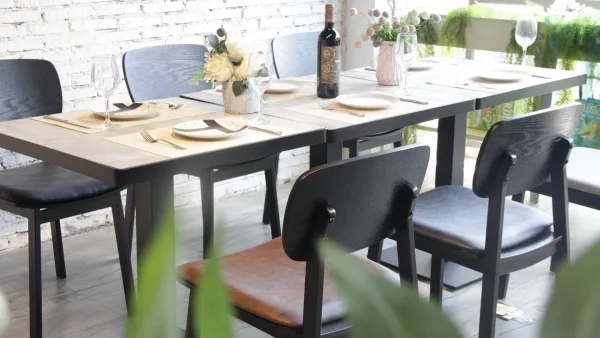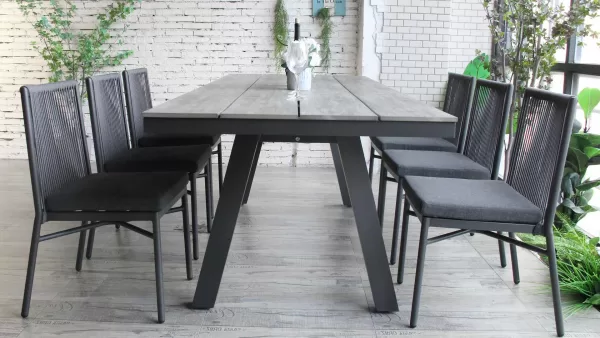The Evolution of Bar Furniture: A Journey Through Style and Design
Throughout history, bar furniture has adapted and shifted in style, reflecting the changing tastes and needs of society. From rustic taverns to sleek modern bars, the evolution of bar furniture tells a fascinating story of design innovation and cultural influences. Let's delve into the rich and diverse world of bar furniture.
Starting in the medieval ages, bars were simple spaces with wooden stools and basic tables. As time progressed, the Renaissance period introduced ornate carvings and luxurious materials into bar furniture design. The Victorian era saw elaborate bars with intricate details and plush seating, catering to the social elites of the time.
Fast forward to the mid-20th century, and we witness the rise of minimalist and functional bar furniture, mirroring the modernist movement in design. Sleek lines, metal accents, and ergonomic considerations became paramount in bar furniture design. The 21st century brought a fusion of styles, blending vintage elements with contemporary aesthetics.
Today, bar furniture ranges from industrial chic to vintage retro, offering a plethora of choices for homeowners and bar owners alike. Whether you prefer a cozy pub atmosphere or a high-end cocktail bar ambiance, there is a diverse range of bar furniture options to enhance your space.
From bar stools to wine racks, each piece of bar furniture contributes to the overall aesthetic and functionality of a bar space. Mixing and matching different styles can create a unique and personalized bar experience. Understanding the history and evolution of bar furniture can inspire you to curate a space that reflects your individual taste and personality.
As we continue to innovate and redefine the concept of bar culture, the world of bar furniture remains an exciting realm of design possibilities. Embrace the diversity of styles and materials available, and let your creativity shine in crafting the perfect bar setting for socializing, relaxing, and enjoying life.


